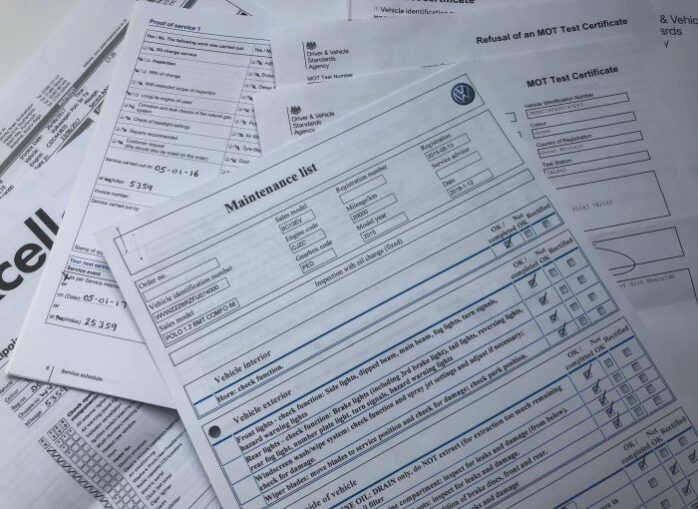Accounting is often referred to as the “language of business.” It is the systematic process of recording, analysing, and summarising financial information, providing a clear and structured understanding of an entity’s financial health and performance. Whether you are an entrepreneur managing a startup, a corporate executive overseeing a multinational corporation, a government agency monitoring public finances, or an individual seeking to manage personal finances, accounting is a universal tool that enables you to make informed decisions, ensure financial transparency, and meet legal and regulatory requirements.
This introduction to accounting will take you on how accounting plays a pivotal role in today’s complex world of business and finance success.
Its Importance
Accounting serves as the backbone of your business’s financial operations, and its importance extends across various facets of your business’s journey to success. Let’s delve into the importance of accounting:
1. Financial Transparency and Clarity:

Accounting provides a systematic means of recording and organising financial transactions. This transparency is essential for understanding your business’s financial position at any given moment. It ensures that all monetary inflows and outflows are accurately documented, creating a clear financial trail that can be audited, reviewed, and scrutinised. This transparency is fundamental for ensuring trust and accountability, both within the company and among external stakeholders.
2. Informed Decision-Making and Strategic Planning:
Accounting data empowers you to make informed decisions about your business. By analysing financial statements and performance metrics, you gain insights into revenue trends, expense patterns, and profitability. This knowledge helps you set realistic goals, allocate resources effectively, and adapt your business strategies based on financial evidence. Accounting is not just about looking backwards; it’s a tool for looking forward and charting a course for sustainable growth.
3. Budgeting and Forecasting for Financial Stability:

Accounting plays a pivotal role in budgeting and financial forecasting. By leveraging historical financial data, you can create accurate financial projections that guide your business’s future financial activities. Budgets serve as financial roadmaps, helping you allocate resources, plan for contingencies, and ensure your business is well-prepared to meet its financial objectives.
4. Tax Compliance and Efficiency:
Tax laws are complex and ever-changing, and non-compliance can lead to substantial penalties and legal complications. Accurate accounting ensures that your business adheres to tax regulations, reports income and expenses correctly, and takes advantage of available deductions and credits. This not only keeps you on the right side of the law but also minimises your tax liability, freeing up resources for growth and investment.
5. Investor Confidence and Funding Opportunities:

For businesses seeking external funding, whether through loans or investments, organised financial statements are the bedrock of investor confidence. Investors require reliable financial data to assess the potential return on investment and the level of risk involved. Transparent accounting practices can significantly influence an investor’s decision to fund your business and provide the capital needed for expansion and innovation.
6. Legal Compliance and Business Integrity:
Accounting ensures that your business complies with legal requirements associated with financial reporting. This includes statutory financial audits, compliance with accounting standards, and adherence to regulations specific to your industry. Ensuring legal compliance not only safeguards your business’s reputation but also maintains its legal standing.
7. Cost Management and Efficiency:

Accounting allows you to track and manage costs efficiently. By analysing expense reports and cost data, you can identify areas where cost reductions are possible, streamline processes, and optimise resource allocation. This cost management helps improve your business’s profitability and financial health.
8. Record Keeping for Historical Reference:
Accounting establishes a comprehensive system of record keeping. The historical financial data captured serves as a valuable reference point for understanding your business’s past financial performance, tracing financial transactions, and resolving financial disputes. It is also crucial for benchmarking and evaluating the success of your strategic decisions over time.
9. Strategic Growth and Business Development:

Through accounting, you gain insights into your business’s financial strengths and weaknesses. This knowledge is invaluable for developing strategies to optimise operations, explore expansion into new markets, diversify products and services, and seize opportunities that align with your business’s financial capabilities and goals.
Who can provide you with accounting services?
In order to succeed in your business, there are various accounting services to provide you with their functions. These services can be offered by a range of professionals, organisations, and entities, each serving specific needs and objectives. Here are some key places where accounting services and functions are provided:
Accounting firms
An accounting firm provides a comprehensive array of financial and accounting services to businesses, organisations, and individuals. They guide clients in selecting financial software and technology tools, offer family office services, business valuation, outsourced accounting and CFO services, international tax planning, sustainability reporting, and more. These firms customise their services to meet the unique financial needs of each client.

In-House Accounting Departments:
Many businesses, especially larger corporations, have in-house accounting departments staffed by accountants and financial professionals. These departments handle financial record-keeping, reporting, budgeting, and tax compliance for the company.
Educational Institutions:
Universities and colleges often offer accounting programs and services for students and may provide accounting services to the institution itself.
Small Business Owners:
Small business owners often manage their accounting needs or hire independent freelance accountants to provide services. They may also use accounting software to handle basic financial tasks.

Conclusion
In conclusion, Accounting serves as the financial compass, guiding your business toward success and sustainability. It provides essential functions such as financial transparency, informed decision-making, budgeting, tax compliance, investor confidence, legal adherence, cost management, record keeping, and strategic growth planning. Accounting professionals and firms play a pivotal role in ensuring accuracy, compliance, and efficiency in your financial operations, ultimately contributing to your business’s long-term success.
Accounting empowers you to make informed choices, allocate resources effectively, and maintain financial health, turning it into an indispensable tool for thriving in the ever-evolving business landscape.
































































